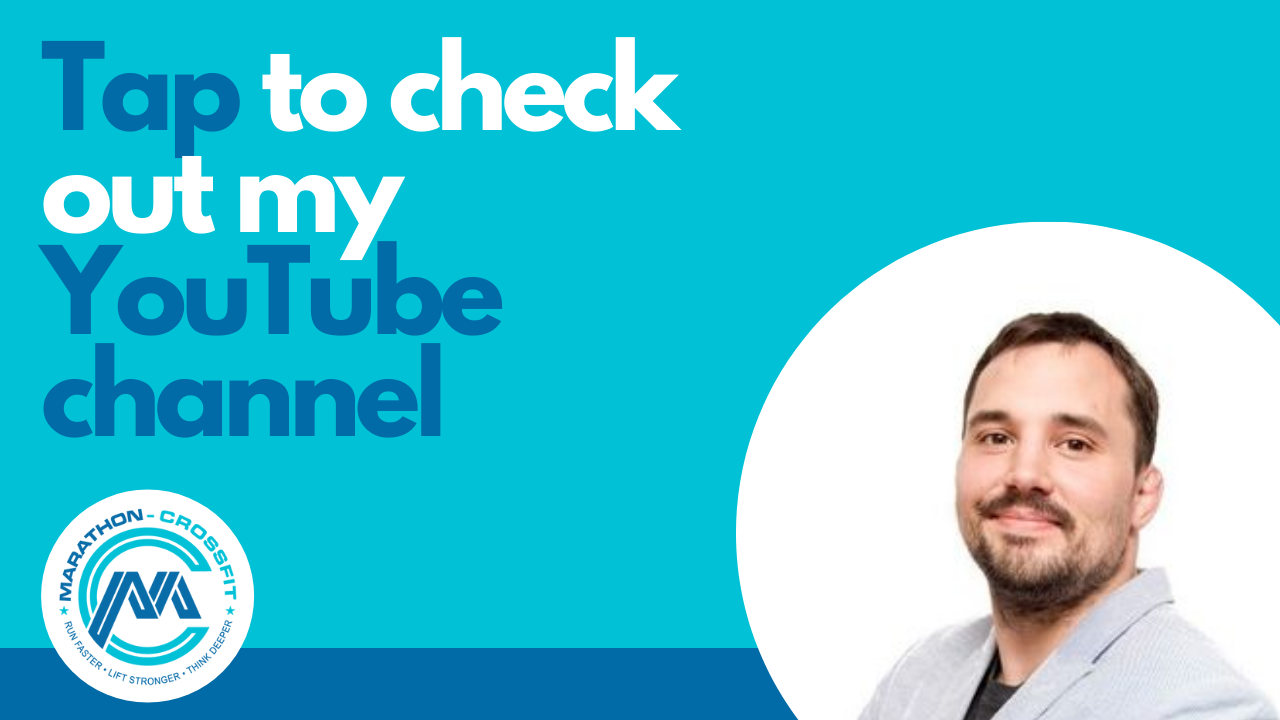GVT vs FST 7
German Volume Training is easier to understand and more versatile while FST 7 is more specialized to the needs of bodybuilders.
What are your goals
Before you read on I would like to ask you some questions:
- Why do you compare GVT and FST 7?
- Why do you want to pack on muscle?
- What happens when you succeed?
- What happens if you don’t?
When you approach your fitness goals it is important to understand why you want to change. Many people pay a lot of attention to the what and how of fitness and very little to the why. New Year's resolutions are often structured this way
- What: I want to lose weight
- How: eat less, exercise more
- Why: Meh, because I know I should
Compare that to me when I lost 15kg in half a year
- Why: I will lose my (now) wife
- How: She will find me unattractive because I am fat and she explicitly stated so
- What: I will run a marathon to lose weight
Half a year later I ran the Dublin Marathon and guess what it was the fastest of the three I did even though it was the first.
Focusing on your why pays dividends. The more compelling it is the more likely you will see success. The more success you have the more likely you will stick with something to become Be more successful. I suggest you start with watching the corresponding TED talk by Simon Sinek. Just type “why how what TED”into Google or YouTube. This gave me perspective on how to get things done.
German Volume training
German Volume Training was made popular by Charles Poliquin. The main idea is to do 10 sets of 10 repetitions targeting a specific muscle group. There are many variations out there because of the popularity of the program. I personally like this template:
- 10 repetitions for
- 10 sets at
- 60% intensity with
- 30 seconds rest in between
With this template, I managed to pack on 2.5kg of muscle in a month. The exercises I used were:
Take care as this a lot of Volume for barbell movements. Some trainers recommend machines like the leg press, leg curl, and lat pull instead.
The biggest advantages of German Volume Training are its simplicity and effectiveness. The concept is easy to understand and execute. Simple usually gets results. Especially when violently executed.
The biggest disadvantages of GVT are the time it takes and lack of clear progression. If you do ten sets with two minutes of rest between them you are already twenty minutes on the gym doing nothing. Some CrossFitters are done for the day in that timeframe. It is also hard to get a proper loading done when you have to account for 100 repetitions per exercise. You seldomly will get it exactly right.
FST 7
FST 7 is a bodybuilding program at its heart. The main goal is to create a sick pump. There is a longer article about it at simplyshredded where you will find the detailed write-up.
The main part of the program is that you finish your workout with seven sets. The focus is on slow and precise execution. The article also comes with nutrition recommendations. Here is an overview of some of the templates:
Triceps
- Close-grip bench press 3-4 x 8-12
- Weighted or machine dip 3 x 8-12
- Overhead cable extension 7 x 8-12
- Skull crushers 7 x 8-12
Biceps
- Alternate dumbbell curls 3-4 x 8-12
- Machine preacher curl 3 x 8-12
- EZ-bar curl 7 x 8-12 (rest 30-45 seconds between sets while sipping water)
Quads
- Leg extensions 3-4 x 8-15
- Squats 4 x 8-12
- Hack squat or leg press 3 x 8-15
- Leg extension or leg press 7 x 8-15
Chest
- Incline dumbbell press 3-4 x 8-12
- Incline dumbbell flye 3 x 8-12
- Flat Hammer or dumbbell press 3 x 8-12
- Pec deck or cable crossover 7 x 8-12
Shoulders
- Seated dumbbell press 4 x 8-12
- Barbell or dumbbell front raise 3 x 8-12
- Dumbbell lateral raise 3 x 8-12
- Lateral raise machine 7 x 8-12
Back
Warm-up:
- Neutral-grip chin-ups 3 x failure
- Wide-grip pulldowns 3 x 8-12
- Barbell row 3 x 8-12
- Hammer Strength row 3 x 8-12
- Machine or cable pullover 7 x 8-15
Hamstrings
- Lying leg curls 3-4 x 10-15
- Stiff-leg deadlift 3-4 x 10-12
- Single leg curl 3-4 x 10-15 each leg
- Seated leg curls 7 x 10-15
Traps
- Dumbbell shrugs* 3-4 x 8-12
- Machine shrugs 7 x 8-12
Rear delts
- Dumbbell rear lateral raise 3-4 x 12-15
- Reverse pec flye or cable 7 x 12-15
- Rear laterals
Calves
- Standing calf raise 4 x 10-12
- Seated calf raise 4 x 15-20
- Leg press or calf sled raise 7 x 10-12
The biggest advantages of this approach are the focus on muscle growth and use of machines. You can really isolate the muscle to get growth out of it.
The biggest disadvantages are the time that it takes and the many variations of machines and equipment used. That does not lend itself for a good experience in the gym.
Should you do GVT or FST
It depends on your goals and preferences.
If you are a beginner I would go with GVT and very light weights. Maybe even cut the work load by half.
If you are a bodybuilder the approach of FST is not really new to you. It is a good template to follow, however, you have seen this high rep, high focus programs before.
For powerlifters, it might be a good shake-up of the routine. Especially after a meet or injury.
Further reading
- Can you mix German Volume Training and Stronglifts 5x5
- German Volume training 4-week review
- German Volume Training vs Wendler 531
- German Volume Training vs Stronglifts 5x5
- German Volume Training for CrossFit
- How to prepare for German Volume Training
- Is German Volume Training better than Stronglifts 5x5
- Smolov vs German Volume Training


